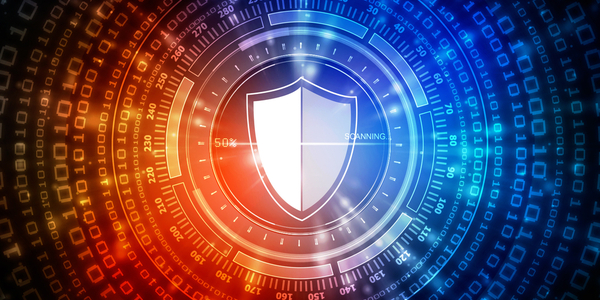
The Attorney General’s Opinion on the Military Conscription Bill: ...
he National Security Council, commented on KAN-REKA radio regarding the Attorney General's opinion on the controversial military conscription…

Happy to share our thoughts and expertise with you. Suppose your technology demonstration status is at the stage when you have not finished the implementation of the invention. In that case, you may be told that your way is to file a provisional patent application. Be careful. There is a lot of litigation over provisional applications because a full utility patent only gets priority back to the provisional filing date if the provisional fully discloses everything claimed as “the invention” in the utility. As a result, it is very common to challenge the priority date of a utility patent by arguing that a new matter was added in the utility application that was not included in the provisional. We were those attorneys who successfully challenged the priority date of the patent of our opponent (patent troll) when defending ourselves. Therefore, as litigators, we would strongly recommend to think twice. The problem is that you can file a provisional and wait for a year to file a full utility and can lose your rights or priority. Just think about what one year in the IT-sphere means and how risky it is, what if others will be faster than you are, and what consequences of this can happen.
To get a good answer to the question about the type of filing that makes the most sense-provisional or nonprovisional – we need to consider what kind of claim we can prepare with what you have now. A patent application does not need to disclose every little detail, but it must include enough detail to show that you are “in possession” of the invention. US law interprets patents from the point of view of “one of ordinary skill in the art.” So the application just needs to be convincing to other people in your field. It is very important to remember that you do not need to implement your invention and only then patent it. I urge you to think about protection of your intellectual property rights as soon as possible and do not postpone it.
As for the costs. As you may be aware, there are attorney’s work to be paid for and government fees to be paid. The process for provisional applications requires multiple stages instead of just one. You have one year to file a utility application after a provisional is filed. With two stages, the work can be weighted in favor of the provisional, in favor of the utility, or they can be about equal. The total cost is generally more because there are two filings. And things usually happen in between the two filings that make it necessary to retool the application to some degree. So the budget for a typical provisional is 20% higher for both applications. The formal requirements for provisionals are minimal, so some companies file provisionals that are little more than technical documentation. Such provisionals require a lot of work to be converted to utility applications. Other companies file provisionals that are essentially full utilities requiring very little work to convert.
What we also do, when preparing the patent application for you, is the following: we do Alice check to avoid any IPR (Inter-Parties Review in the USPTO), enforceability analysis to avoid any easy workarounds of your rights, and novelty search which helps to improve the level of invention as we always develop strategies for balancing and obtaining broader patent rights in promising areas.
Written by Nadia Kashchenko Patent attorney, LL.M.